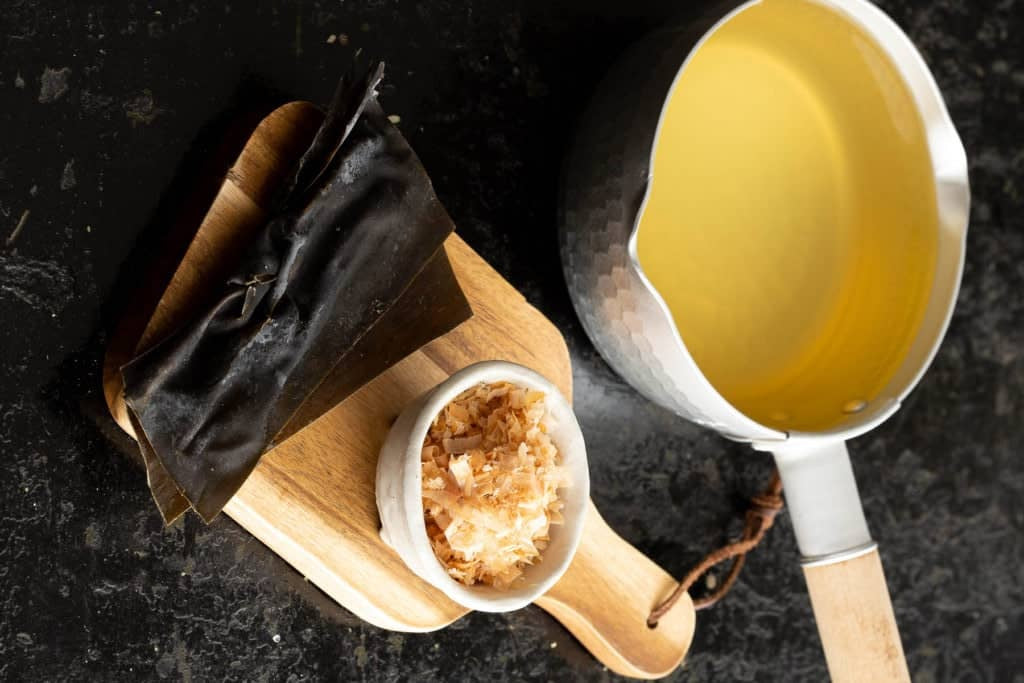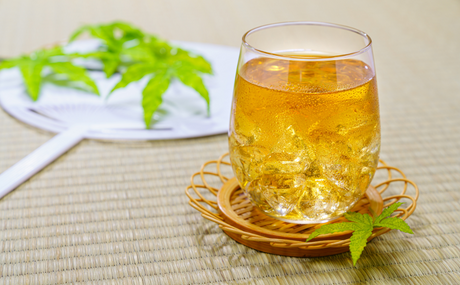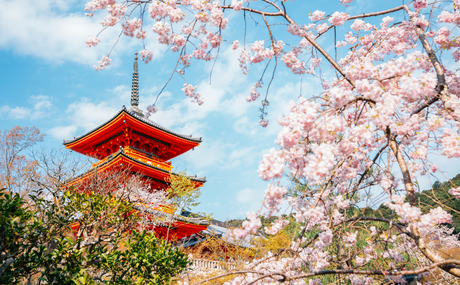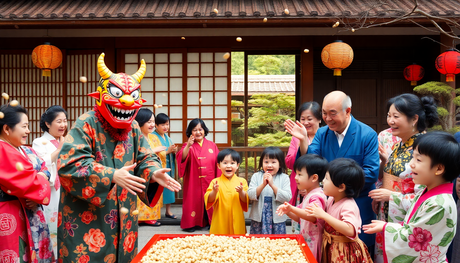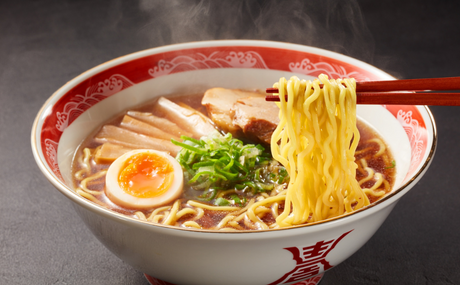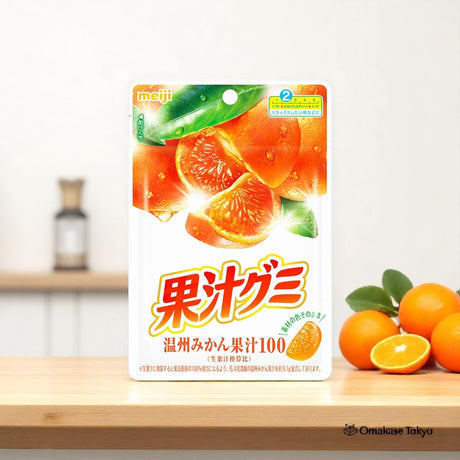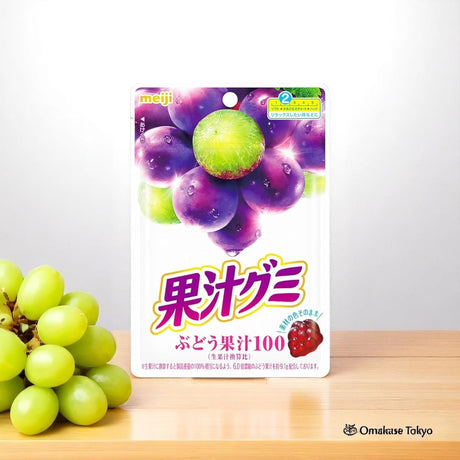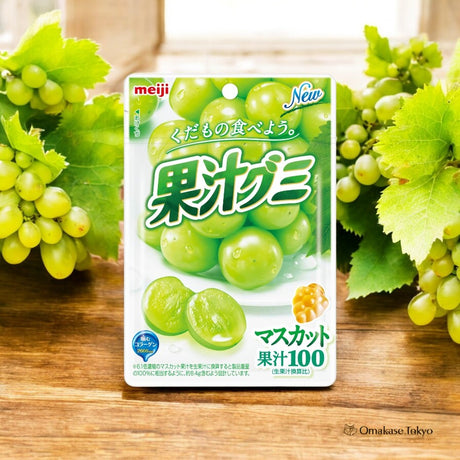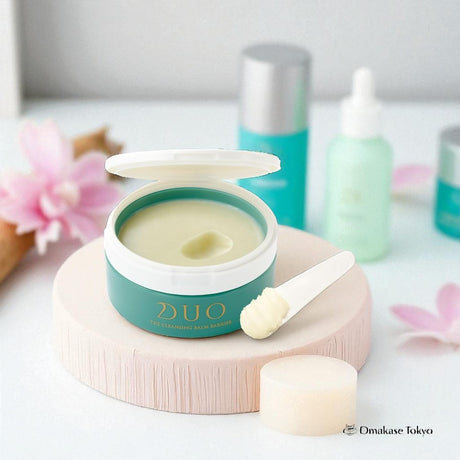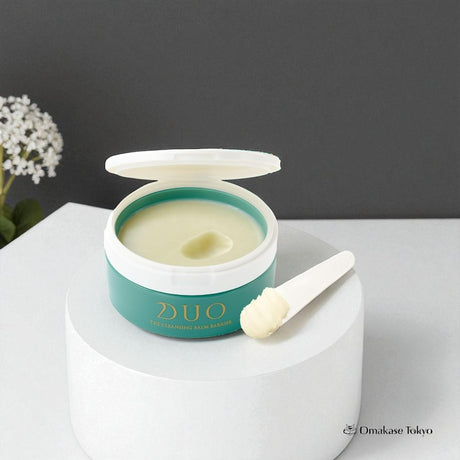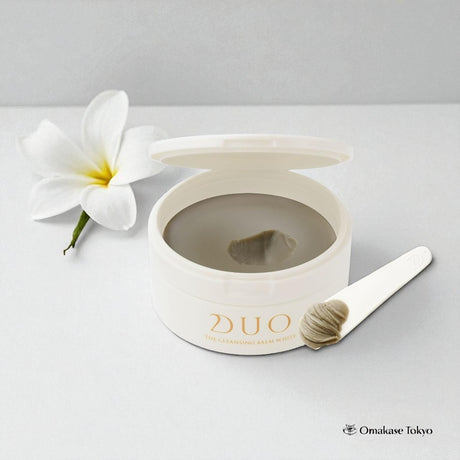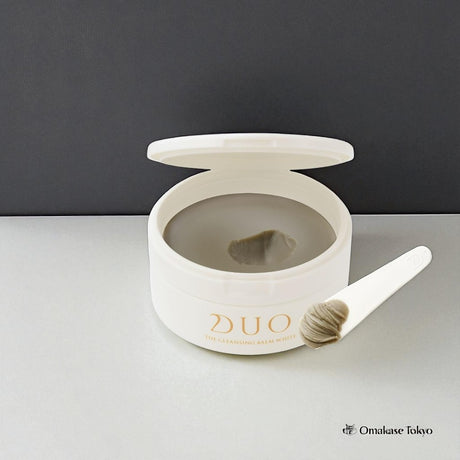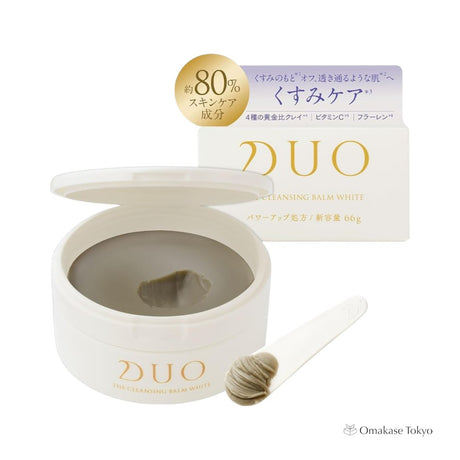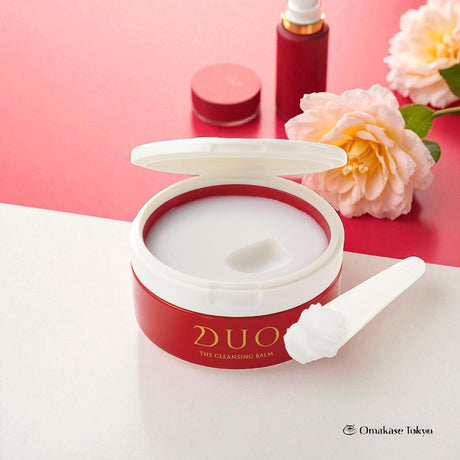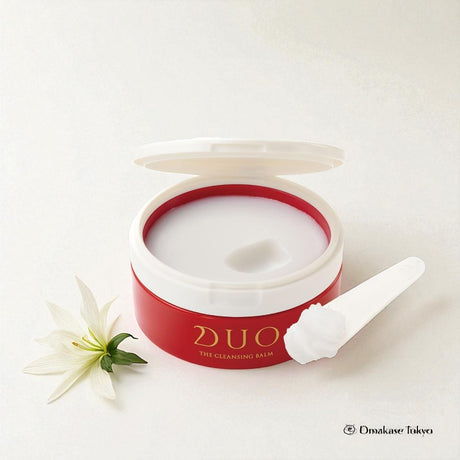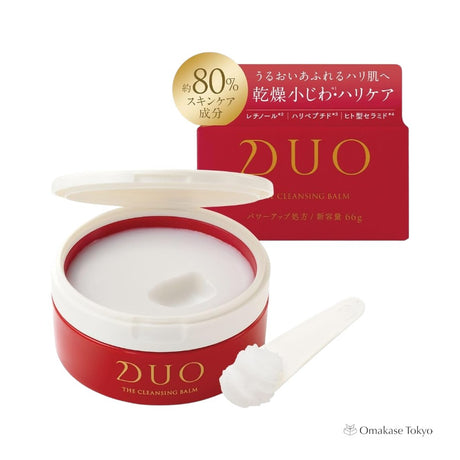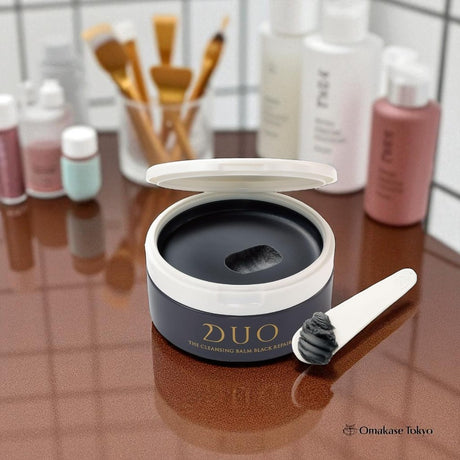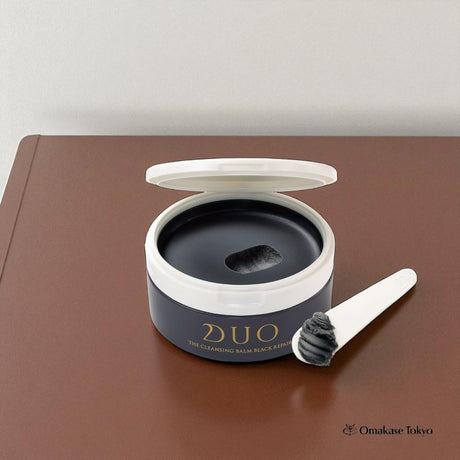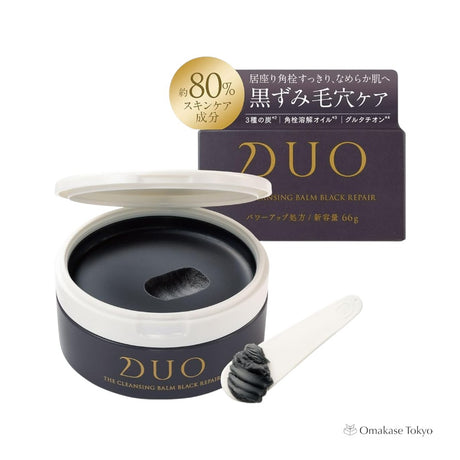In the world of Japanese cuisine, there exists a foundational ingredient that serves as the cornerstone of flavor: dashi (出汁). Often described as the essence of Japanese cooking, dashi is a versatile and aromatic broth that forms the basis of countless dishes, from soups and stews to sauces and marinades. Join us as we unravel the mysteries of dashi and discover why it holds such a revered place in Japanese culinary tradition.
What is Dashi?
At its simplest, dashi is a clear broth made by simmering kombu (dried kelp) and katsuobushi (dried bonito flakes) in water. These two key ingredients infuse the broth with a delicate umami flavor, creating a rich and savory base for a wide range of dishes. Dashi is known for its light yet complex taste, which enhances the natural flavors of other ingredients without overpowering them.
Types of Dashi
While kombu and katsuobushi form the foundation of dashi, there are several variations of this versatile broth, each with its own unique flavor profile:
-
Kombu Dashi: Made by steeping dried kelp in water, kombu dashi has a subtle sweetness and briny depth that pairs well with vegetables and seafood.
-
Katsuobushi Dashi: Also known as bonito dashi, katsuobushi dashi is made by steeping dried bonito flakes in hot water. It has a bold umami flavor and a slightly smoky aroma, making it ideal for soups, noodles, and sauces.
-
Niboshi Dashi: Made from dried baby sardines, niboshi dashi has a rich, fishy flavor that adds depth to dishes like ramen and simmered vegetables.
-
Shiitake Dashi: For a vegetarian alternative, shiitake dashi is made by soaking dried shiitake mushrooms in water. It imparts a robust, earthy flavor that complements a variety of ingredients.
Culinary Uses of Dashi
Dashi serves as a versatile foundation for a wide range of Japanese dishes, including:
-
Miso Soup: The quintessential Japanese comfort food, miso soup is made by combining dashi with miso paste, tofu, seaweed, and other ingredients.
-
Noodles: Dashi is often used as a base for noodle soups like udon and soba, adding depth and complexity to the broth.
-
Simmered Dishes: Dashi is used to simmer vegetables, fish, and meat in dishes like oden, sukiyaki, and nikujaga, infusing them with flavor and aroma.
-
Sauces and Marinades: Dashi is a key component of sauces like ponzu and teriyaki, as well as marinades for grilled meats and seafood.
The Art of Making Dashi
While dashi can be purchased in powdered or liquid form, many Japanese chefs prefer to make it from scratch to achieve the freshest flavor. The process of making dashi requires careful attention to detail, from selecting high-quality ingredients to controlling the temperature and steeping time. With practice and patience, home cooks can master the art of dashi-making and elevate their Japanese cooking to new heights.
Conclusion: Elevate Your Culinary Creations with Dashi
In conclusion, dashi is much more than just a broth—it's the soul of Japanese cuisine. With its delicate balance of flavors and versatile culinary applications, dashi adds depth, richness, and complexity to a wide range of dishes. Whether you're simmering a pot of miso soup, slurping noodles, or indulging in a savory stew, dashi is the secret ingredient that transforms ordinary meals into extraordinary culinary experiences. So why not explore the world of dashi and discover the magic of Japanese cooking for yourself?

